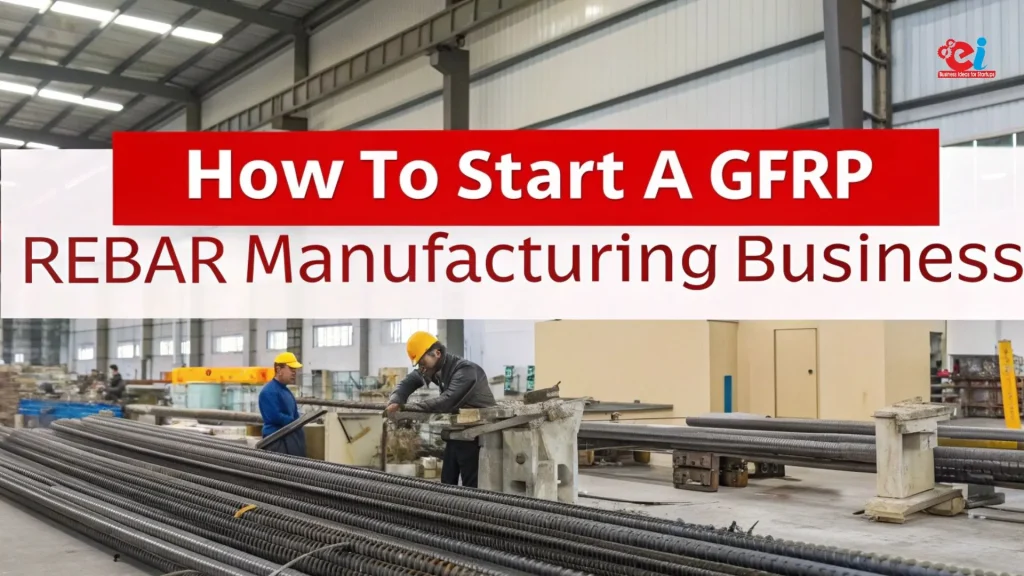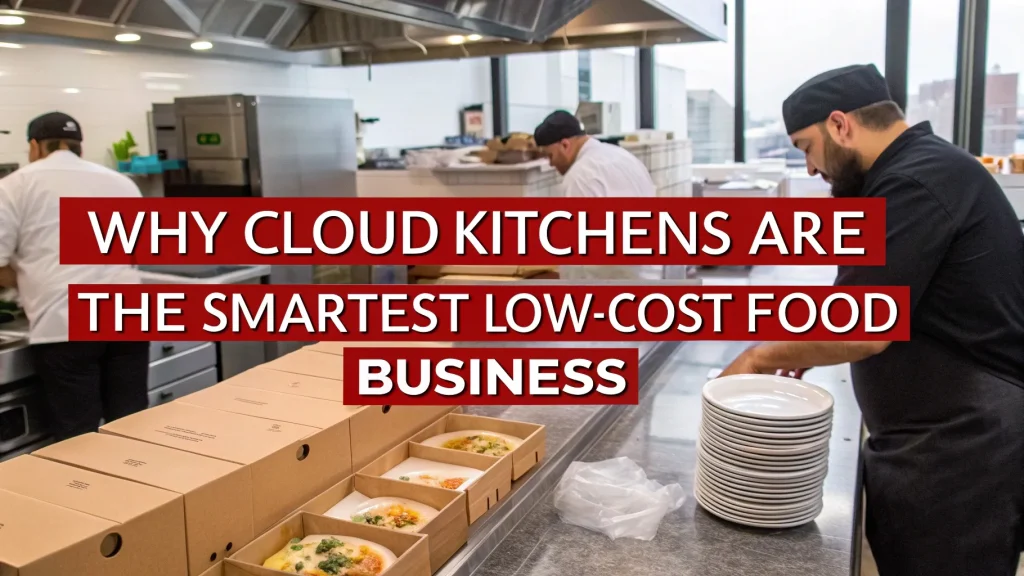In the world of modern construction and design, tempered glass has become a crucial component of safety and aesthetics. With a rise in urban infrastructure, residential and commercial buildings, and architectural projects, the demand for strong, heat-resistant, and shatter-proof glass is at an all-time high. Entrepreneurs and manufacturers are increasingly showing interest in entering the flat glass tempering industry due to its profitability, scalability, and potential for growth.
Why You Should Consider a Flat Glass Tempering Business
Tempered glass, also known as toughened glass, is widely used in windows, doors, facades, shower enclosures, tabletops, shelves, and even vehicle windows. What sets tempered glass apart is its strength—it is four to five times stronger than standard annealed glass. Additionally, when broken, it crumbles into small granular chunks instead of sharp shards, ensuring safety.
The flat glass tempering process involves heating glass to over 600°C and then rapidly cooling it with high-pressure air jets. This thermal process changes the internal structure of the glass, increasing its strength and thermal resistance. With construction norms becoming more stringent regarding safety, the demand for tempered glass is growing steadily. Starting a flat glass tempering business can be a highly rewarding venture if approached strategically.
Market Demand and Growth
The global glass tempering market has seen consistent growth, driven by construction booms, interior design trends, and automotive applications. According to industry research, the tempered glass market is projected to reach several billion dollars in valuation within the next decade. The biggest demand is observed in emerging economies where infrastructure and housing development are rapidly accelerating.
With green building initiatives and a focus on sustainable materials, tempered glass is being used more frequently in energy-efficient buildings due to its ability to accommodate double glazing and insulation requirements. This market is also expanding with the increasing need for customized glass panels and designs, giving niche entrepreneurs an edge.
Setup Requirements for a Flat Glass Tempering Unit
To start a flat glass tempering unit, several key components are required:
-
Factory Space: A spacious industrial area is necessary to accommodate the machinery, raw materials, storage, and finished goods. Typically, a minimum of 5,000–10,000 square feet is ideal.
-
Machinery: The primary equipment includes:
-
Glass tempering furnace
-
Glass loading and unloading tables
-
Cutting and edge polishing machines
-
Washing and drying units
-
Inspection and packaging stations
-
-
Raw Materials: The base material is annealed glass sheets, which are sourced from float glass manufacturers. Additional consumables include lubricants, cooling agents, and protective films.
-
Manpower: Skilled labor is essential for operating and maintaining high-temperature furnaces and precision cutting tools. You’ll need technicians, supervisors, loaders, and quality control personnel.
-
Licensing and Compliance: You must obtain industry licenses, pollution control certifications, and comply with factory safety standards. ISO certifications can enhance your business credibility and attract more clients.
Investment and Profit Margins
Starting a flat glass tempering business requires a moderate to high level of investment, depending on scale and automation. A semi-automatic unit may need ?1 to ?2 crores, while a fully automated, large-scale unit could demand upwards of ?5 crores.
However, the return on investment (ROI) can be high. Tempered glass has a significantly higher price point than regular glass, and margins are attractive—especially with bulk or commercial orders. By offering value-added services like customized cuts, printed glass, or coatings, businesses can enhance their profitability.
Bulk clients such as architects, builders, interior designers, and furniture manufacturers offer long-term contracts that ensure steady cash flow. In some cases, profit margins can reach 25–30% with the right market positioning and operational efficiency.
Challenges in the Flat Glass Tempering Industry
Like any manufacturing business, the flat glass tempering industry comes with its own set of challenges:
-
High Energy Consumption: Tempering furnaces are energy-intensive, which can lead to high operational costs. Investing in energy-efficient machinery or exploring renewable energy can mitigate this issue.
-
Quality Control: Substandard tempering can lead to weak glass or improper breaking patterns. Quality assurance protocols and trained staff are vital.
-
Logistics: Transporting large glass panels without damage requires specialized packaging and vehicles, which can increase distribution costs.
-
Market Competition: The industry is competitive. Building strong relationships with clients and maintaining high product quality are essential to standing out.
Marketing and Sales Strategy
A solid marketing strategy is key to the success of your flat glass tempering business. Focus on the following:
-
Online Presence: Build a website showcasing your capabilities, certifications, and past projects. Use SEO to target construction firms, interior designers, and architects looking for reliable glass suppliers.
-
B2B Networking: Attend trade fairs, exhibitions, and industry seminars to connect with potential clients and suppliers.
-
Partnerships: Collaborate with real estate developers, construction companies, and furniture brands to secure long-term contracts.
-
Branding: Emphasize quality, safety, and customization in your brand messaging to appeal to commercial clients.
Offering consultation services, design inputs, or timely delivery incentives can make your business more attractive to clients in a competitive market.
Sustainability and Innovation
Modern flat glass tempering businesses must align with sustainability goals. Eco-friendly practices not only reduce costs but also enhance brand image. Some suggestions include:
-
Using waste heat recovery systems to reduce energy usage.
-
Recycling broken glass (cullet) for reuse in new batches.
-
Installing solar panels to offset electricity costs.
-
Offering Low-E or coated glass that improves insulation.
Innovation is another growth driver. Smart glass, anti-glare panels, and switchable privacy glass are gaining popularity. Businesses that stay ahead of the trend and offer innovative solutions will have a competitive edge.
Future Prospects
The flat glass tempering industry is expected to witness exponential growth in the coming years, thanks to smart cities, architectural modernization, and global focus on green infrastructure. As more buildings adopt glass facades, partition walls, and energy-efficient structures, tempered glass will remain a core material of choice.
Emerging technologies like IoT integration in smart buildings and the increased use of solar panels (which use tempered glass) will also propel the industry forward. Export opportunities are abundant, especially in Middle Eastern, African, and Southeast Asian markets where construction is booming.
Conclusion
Starting a flat glass tempering business today is not just a smart investment—it’s a step into the future of modern infrastructure and safety engineering. With increasing demand, profitable margins, and opportunities for innovation, this industry presents substantial scope for entrepreneurs and manufacturers alike.
While setup requires significant planning, the long-term benefits outweigh the initial challenges. Whether you’re looking to start small or scale quickly, the flat glass tempering business is one of the most promising sectors for industrial success in today’s global economy.
Visit the page Select and Choose the Right Business Startup for You for sorting out the questions arising in your mind before starting any business and know which start-up you can plan. We, at NPCS, endeavor to make business selection a simple and convenient step for any entrepreneur/startup. Our expert team, by capitalizing on its dexterity and decade’s long experience in the field, has created a list of profitable ventures for entrepreneurs who wish to diversify or venture. The list so mentioned is updated regularly to give you a regular dose of new emerging opportunities.




